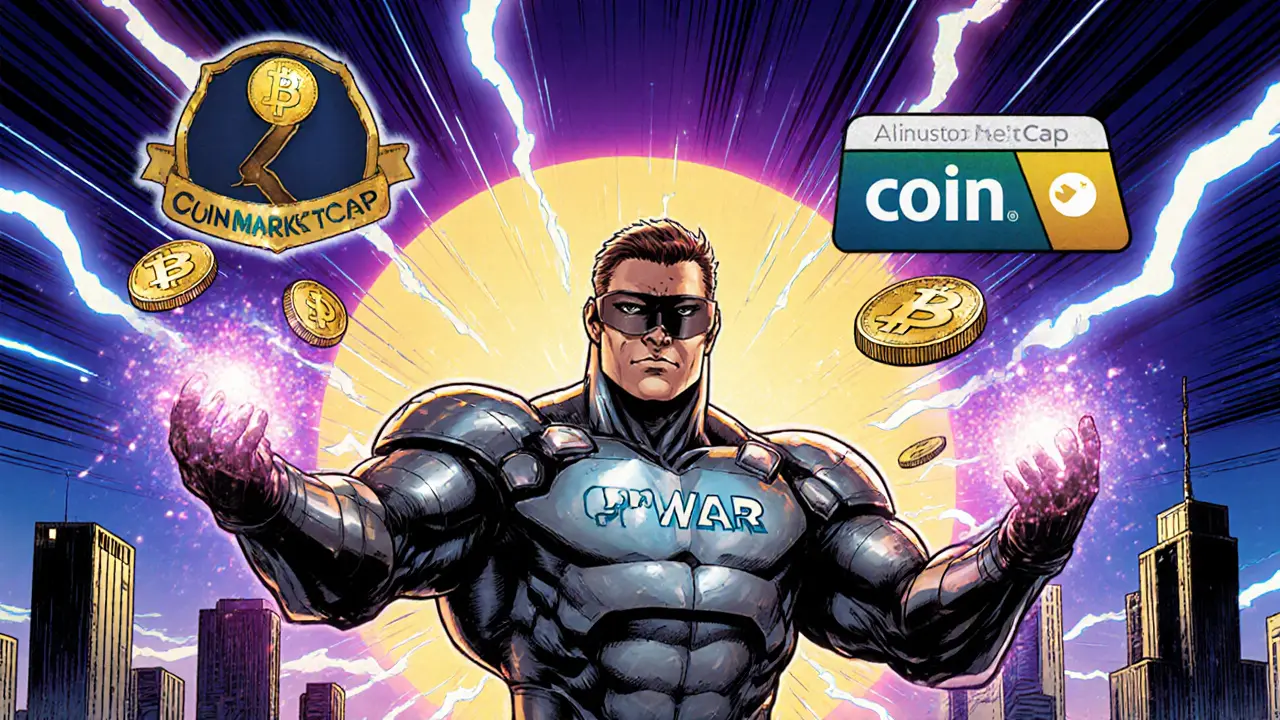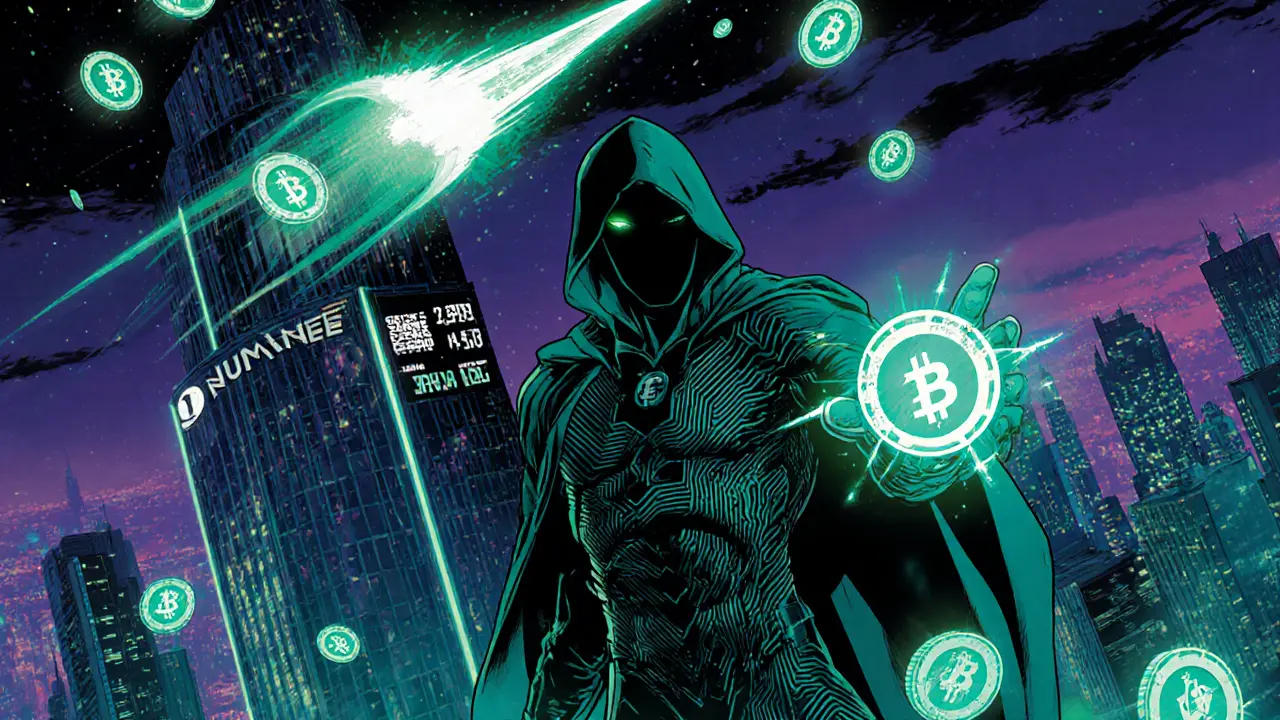When you hear GameFi, the fusion of gaming and decentralized finance that lets players earn crypto while they play. Also known as gaming finance, it blends classic video‑game mechanics with real‑world financial incentives.
GameFi encompasses a wide range of activities, from earning rewards to swapping tokens on DEXs. It requires robust blockchain infrastructure to handle rapid transactions, and it empowers gamers to own in‑game assets that have real value.
One of the fastest ways new GameFi projects attract users is through gaming token airdrop, free distribution of utility tokens to early adopters. Airdrops not only seed the community with liquidity but also spark hype around upcoming titles like Knight War or REVV. When a token lands in your wallet, you instantly become a stakeholder, which can boost participation in governance and in‑game economies. In practice, a well‑executed airdrop drives user growth, creates early liquidity, and sets the stage for longer‑term play‑to‑earn dynamics.
Our collection includes detailed guides on how to claim these drops safely, what risks to watch, and why eligibility criteria often tie back to platforms such as CoinMarketCap.
Beyond airdrops, the play-to-earn model, a game design where players earn tradeable tokens for in‑game actions is the core engine of GameFi. This model links player skill to real‑world value, turning leisure time into a potential income stream. Developers design reward curves, staking mechanisms, and marketplace integrations to keep the economy balanced. Successful projects calibrate token emission rates so that supply doesn’t outpace demand, which helps maintain price stability.
Our posts break down tokenomics, compare reward structures across titles, and show how you can maximize earnings without falling into “pump‑and‑dump” traps.
The rise of gaming NFT, non‑fungible tokens that represent unique in‑game items, avatars or lands adds another layer of ownership. NFTs let players truly own skins, weapons, or virtual real estate, and they can be sold on secondary markets for profit. This ownership creates new revenue streams for creators and gives collectors a reason to invest in early‑stage games. The NFT market trends we track—volume spikes, cross‑chain bridge usage, and community sentiment—directly influence which GameFi projects gain traction.
By understanding NFT standards, royalty mechanisms, and marketplace fees, you can spot high‑potential assets before they become mainstream.
All of this activity depends on blockchain scalability, the ability of a blockchain to process many transactions quickly and cheaply. Modern modular architectures split execution, consensus, data availability, and settlement into separate layers, allowing GameFi apps to handle millions of micro‑transactions without prohibitive gas costs. When a chain scales effectively, it enables smoother gameplay, lower entry barriers, and more sustainable token economies.
The posts on modular blockchain design, layer‑2 solutions, and roll‑up technologies give you a technical backdrop for why some GameFi platforms feel fast while others lag.
Together, these pieces—airdrops, play‑to‑earn economics, NFTs, and scalable chains—form the ecosystem you’ll explore in the articles below. Dive in to see actionable tips, deep dives, and the latest trends shaping the GameFi frontier.

An in‑depth look at PolkaWar's PWAR token, the CoinMarketCap airdrop details, current market stats, price risks, and what the future may hold for this GameFi project.

Explore NUMINE (NUMI) token: its GameFi purpose, price history, BNB Smart Chain tech, Binance listings, and future outlook for investors.